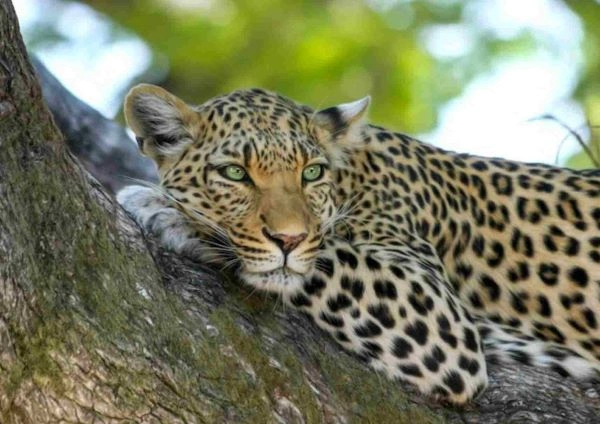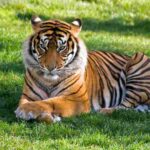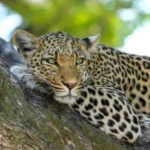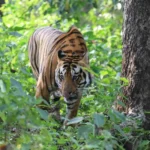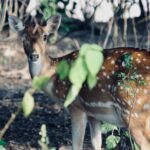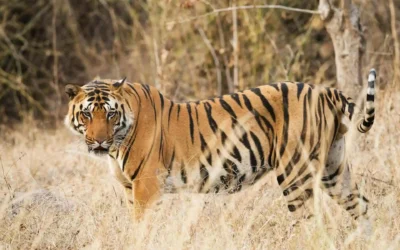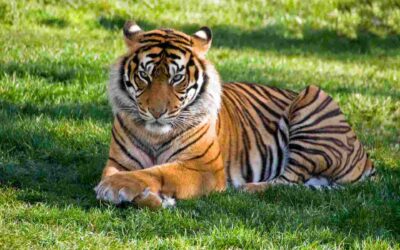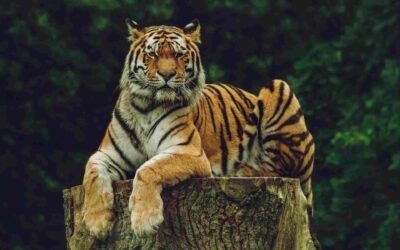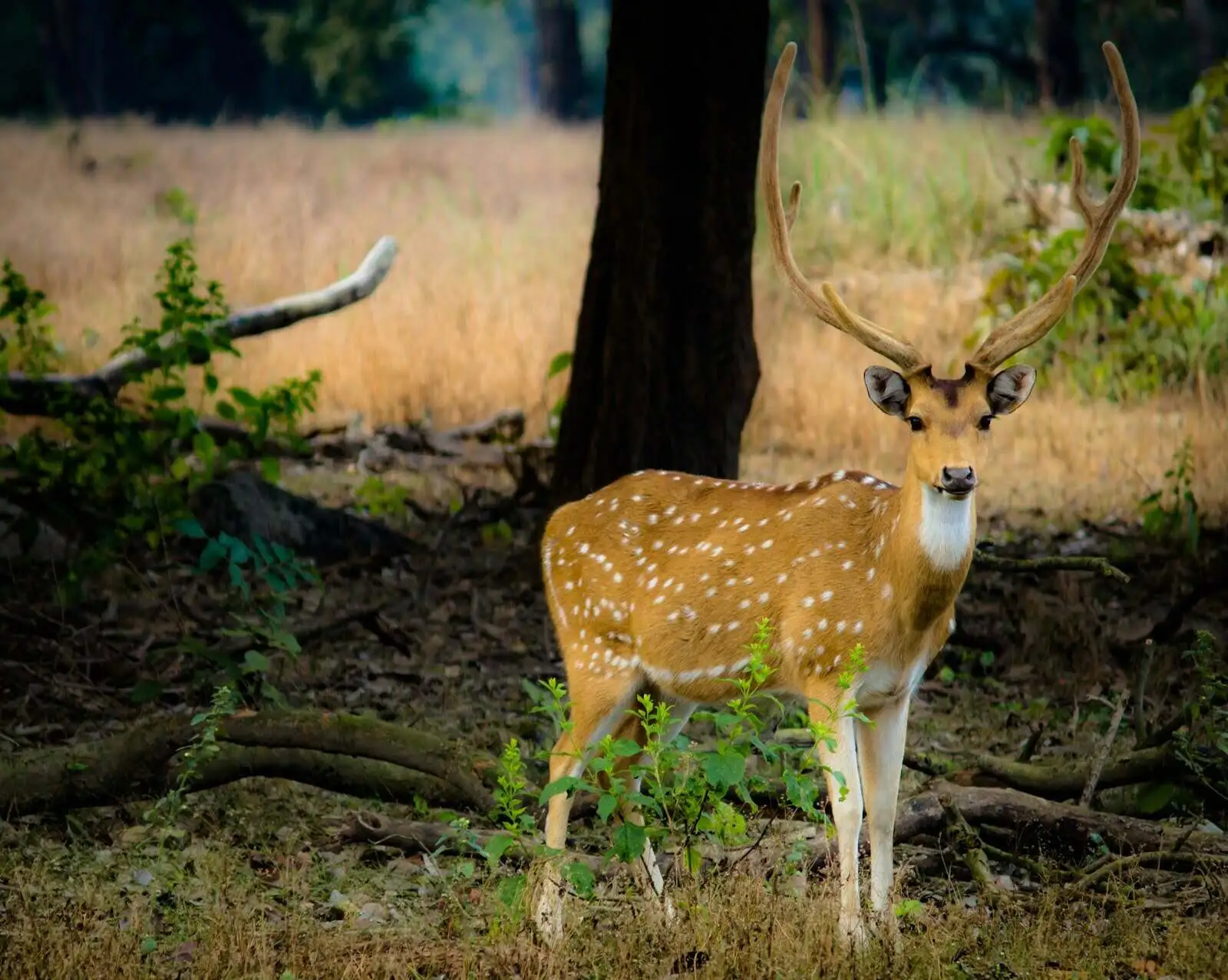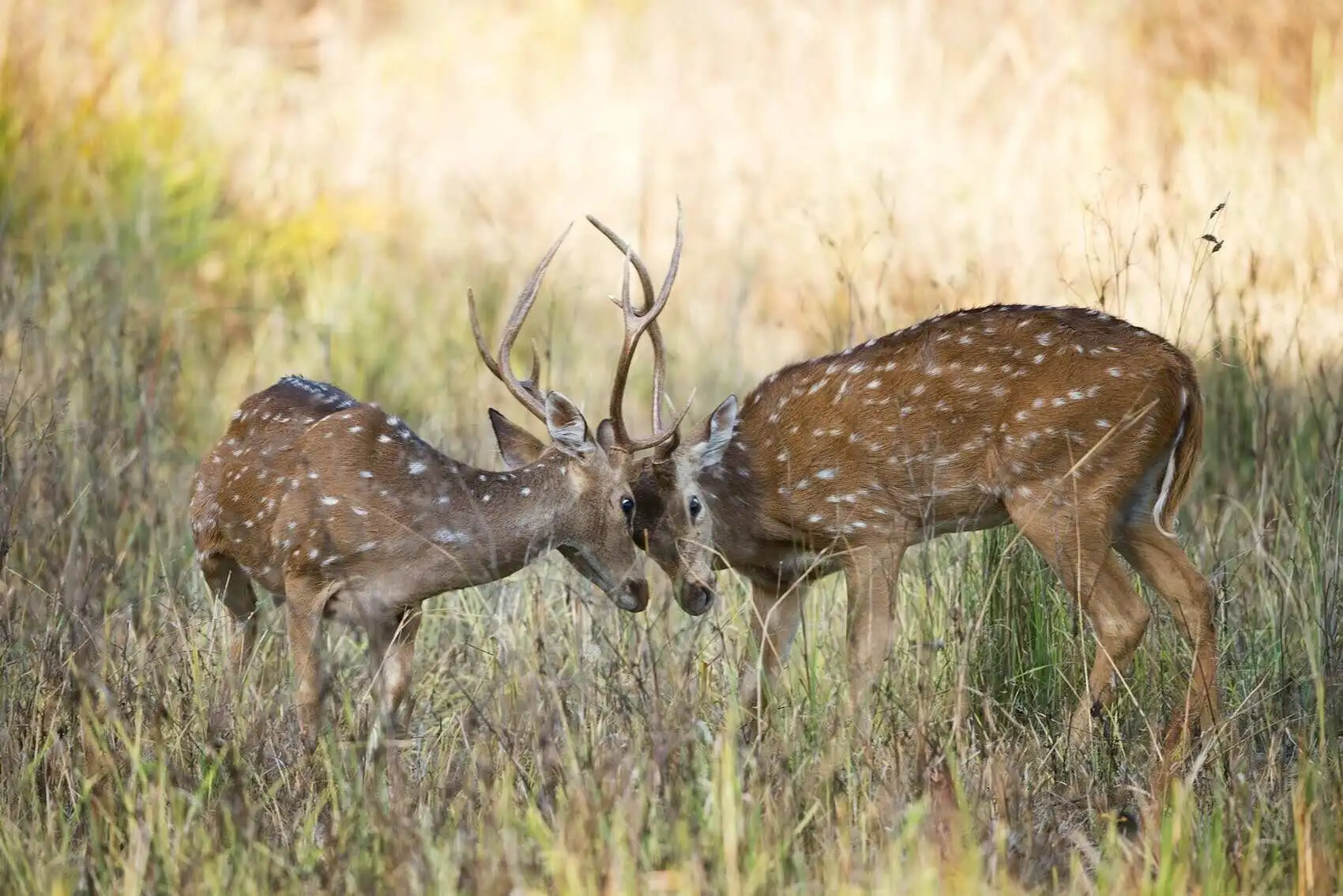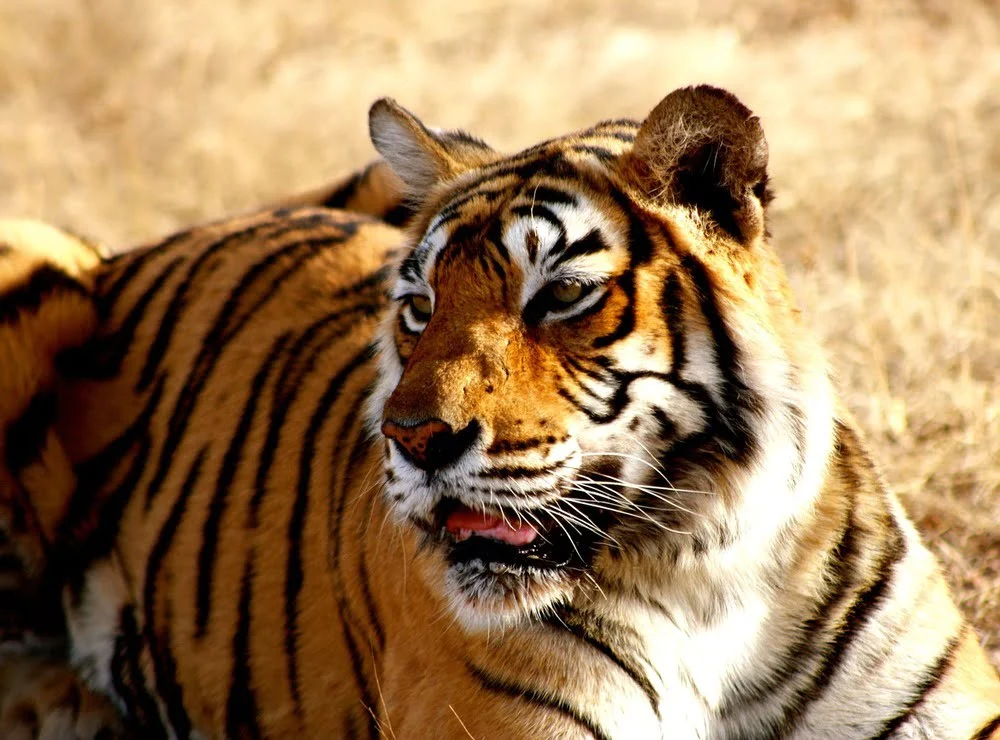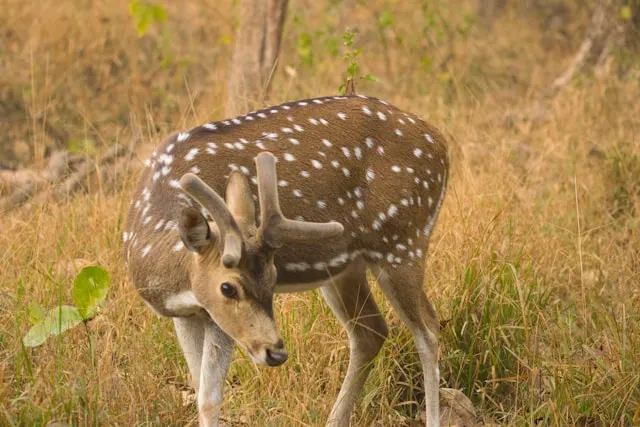Lesser Known Animals of Corbett: Beyond Tigers and Elephants
Corbett is well known for tigers and elephants. But there is much more in the forest. Many animals live quiet lives in the river valleys, grasslands, and wooded slopes. With patience and the right guidance, you can see signs of many species that are not usually in the spotlight. This is where the forest starts to feel alive in smaller details.
Smaller Carnivores
These animals move fast and stay close to cover. They do not make loud presence like big cats, but they are active and alert.
Leopard
Leopards are present across Corbett. They are strong climbers and often rest on sloping branches or rocky ledges. Early morning and late evening are good times to look for them.
Jungle Cat
A small wild cat seen near grasslands and open edges. It blends well with dry grass. Watching the movement of small birds and rodents helps in locating it.
Leopard Cat
This cat prefers dense undergrowth near water. Sightings are rare but possible in quiet areas.
Yellow Throated Marten
Fast and curious. It moves in groups and can be seen during daytime. It runs through forest paths and climbs trees easily.
Dhole (Indian Wild Dog)
Dholes hunt in packs. They move through forest roads and riverbeds together. Their teamwork and calls are interesting to observe.
Herbivores and Grazers
These animals shape the balance of the forest. They give clues about predator movement through their calls.
Sambar
Large deer often seen near riverbeds and sal forests. Slow and calm in behavior. A loud alarm call from a sambar often indicates a tiger nearby.
Chital (Spotted Deer)
Found in open grass and light woodland. They move in groups and stay alert. Their alarm calls are the most common signal used by guides during safaris.
Hog Deer
Smaller and lower to the ground. Seen in tall grass areas, especially near river floodplains. They are shy and quick to hide.
Goral
Seen on steep rocky slopes. Light-footed and able to move easily on uneven ground.
Arboreal and Nocturnal Mammals
Some animals are easier to track by sound or signs rather than direct sight.
Flying Squirrel
Active at dusk. It glides between tall trees. If you wait quietly at the right spot near large trunks, you may see this movement.
Himalayan Palm Civet
Seen at night or in early morning. Often moves on tree branches and along quiet forest tracks.
Slow Loris
Very slow in movement. Lives in thick canopy. Rare to spot but known in parts of the foothills.
Porcupine
Often leaves dug out soil and feeding marks. Quills on the ground sometimes indicate areas they use often.
Birdlife Worth Noticing
Corbett is one of the best birding forests in North India. The river belts, grasslands, and wooded roads offer sightings through the year.
- Great hornbill in tall forest zones
- Crested serpent eagle circling over open ground
- Brown fish owl near river pools
- Multiple kingfisher species around streams
- Winter brings many migratory birds to the river plains
Watching birds also helps in learning the rhythm of the forest. Their calls often signal the start of movement through the day.
Reptiles Near Water and Grassland
Reptiles are a natural and important part of this ecosystem.
- Indian python in warm open ground
- Monitor lizard near riverbanks and logs
- Crocodile in the Ramganga river stretches
- Gharial in deeper river pools and calm water bends
- Freshwater turtles resting near the sand edges
These animals prefer quiet spaces. Watching them requires stillness and respect.
How to Spot These Lesser Known Animals
- Look for movement rather than color
- Listen to deer and langur calls
- Wait near water edges and forest clearings
- Dawn and late afternoon have the most activity
- Stay quiet in the vehicle to avoid disturbing animals
Safari Experience with Us in Corbett
We offer guided safaris in Corbett with trained naturalists. They help you notice signs that are easy to miss. Tracks, sounds, feeding marks, and movement patterns all help in locating these lesser known animals. Our focus is on patient observation and calm wildlife viewing.

